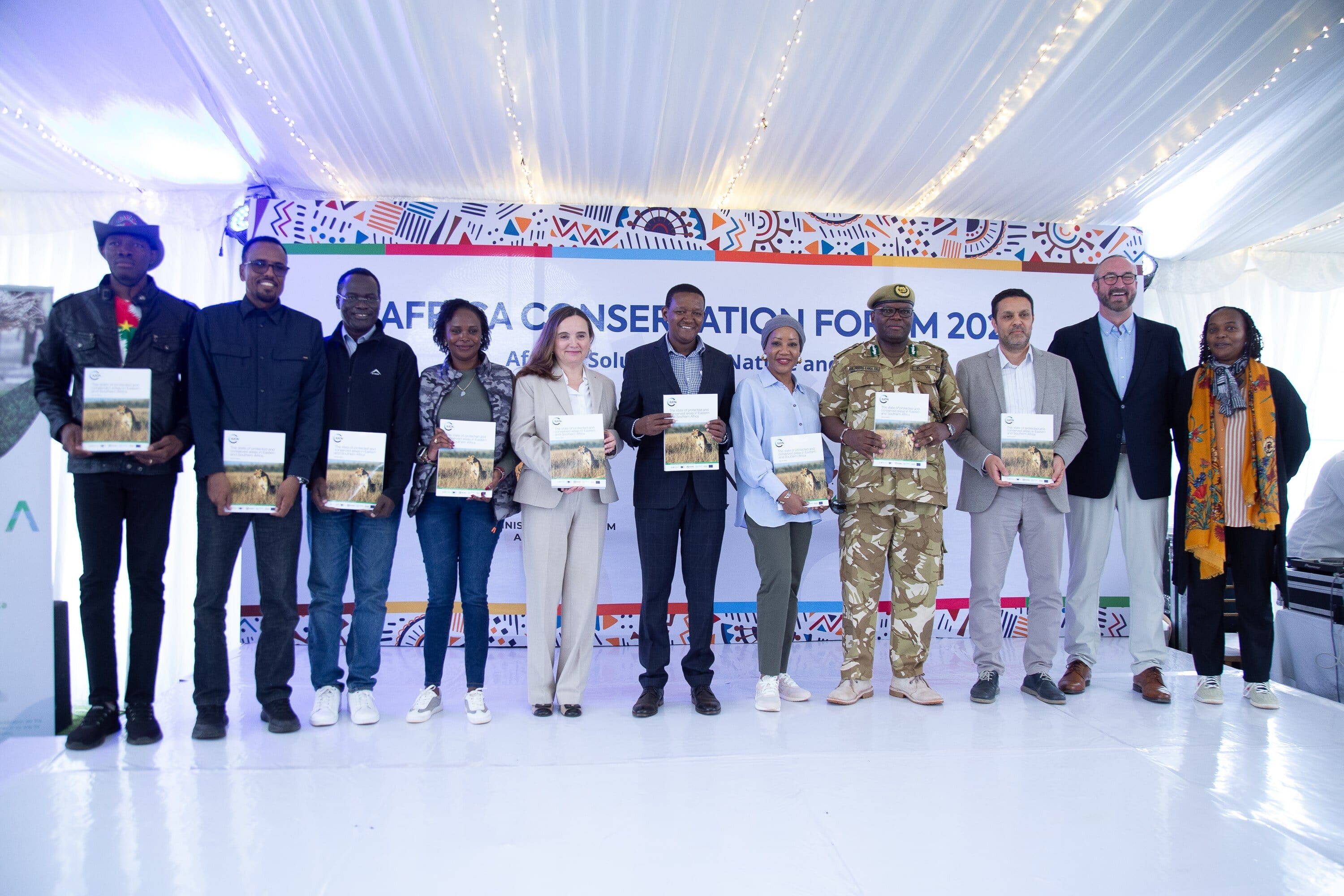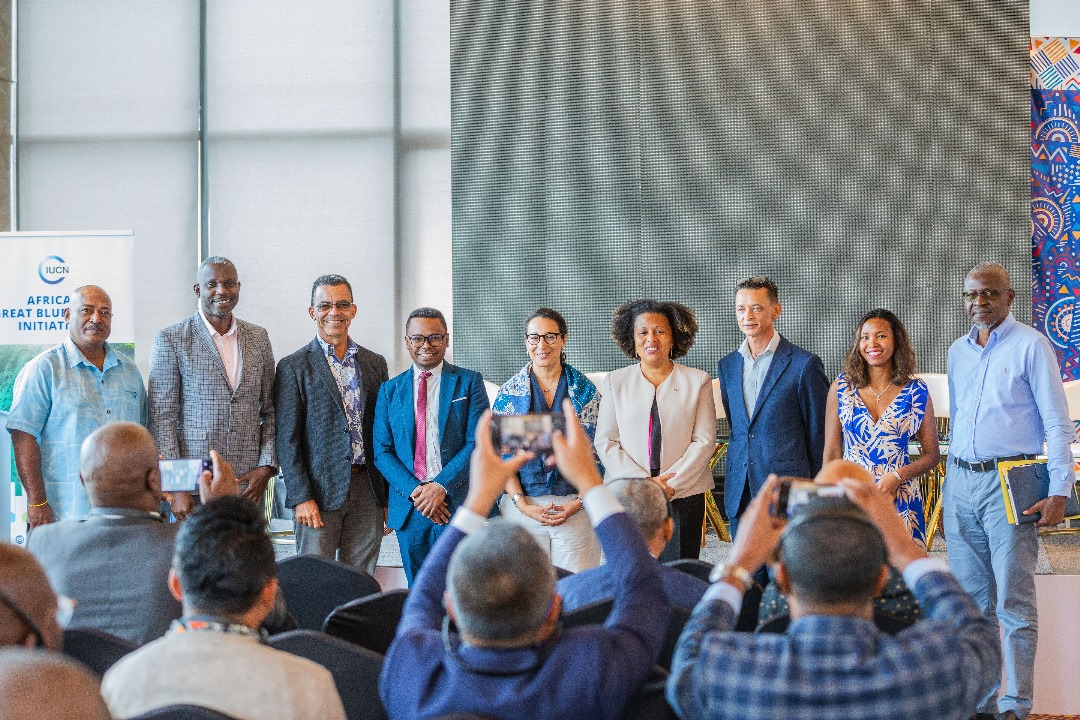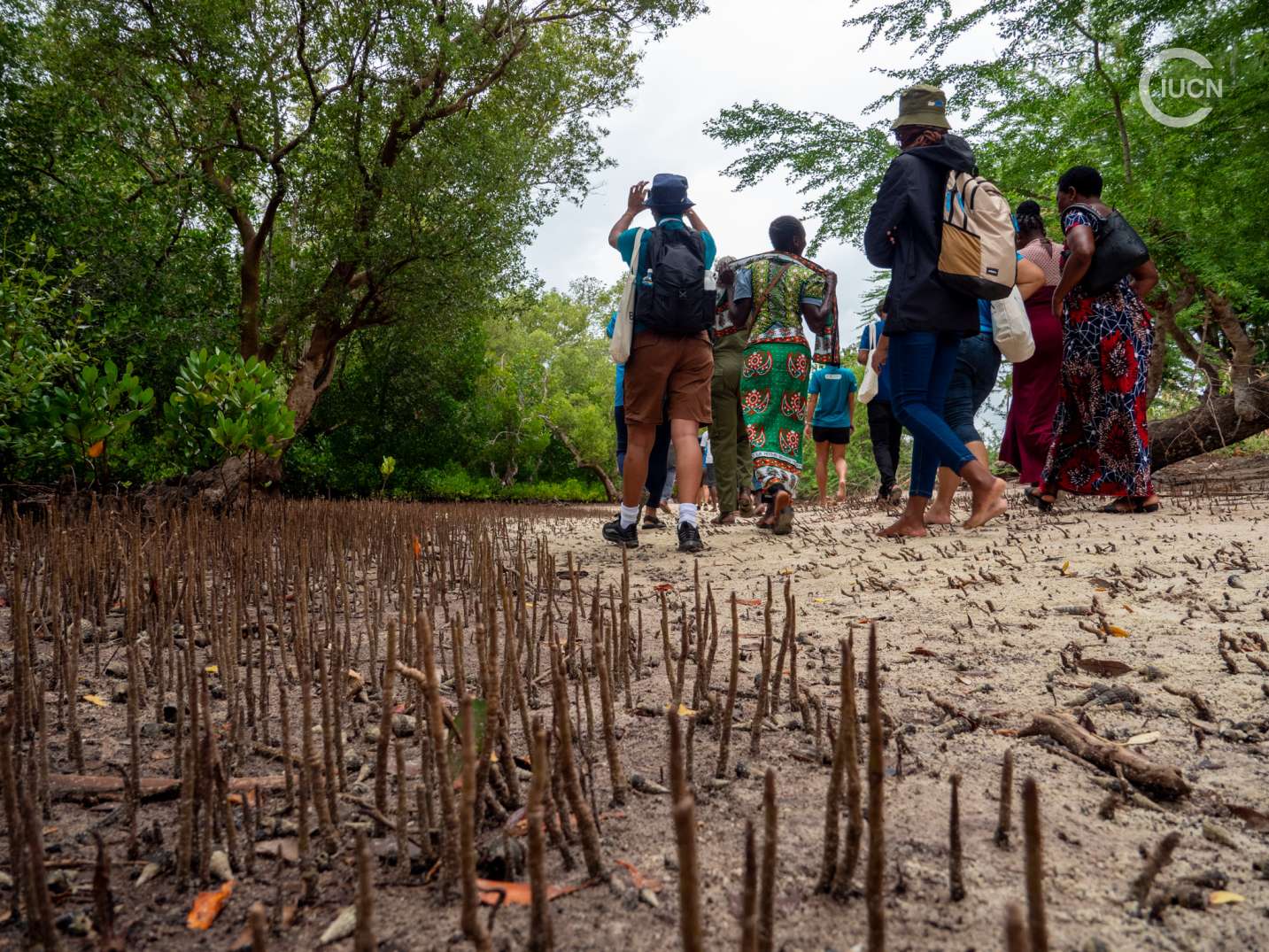Loktak Indigenous fishers face threats to their livelihoods
CEESP News: Salam Rajesh, CEESP member
Manipur’s Loktak Lake is one of India’s Ramsar sites. A significant natural inland freshwater wetland, Loktak supports a diversity of life including Indigenous Meitei fishing population. The fishers have thrived upon the lake resources for many centuries. Due to the State’s intervention, Loktak fishers’ now face threats to their livelihoods.
For centuries, Meitei Indigenous fishers have thrived upon the fish resources of Loktak Lake for their living. Fishing is their only known activity, occasionally supported by sourcing edible aquatic plants for food supplements. Fishers live within and in the peripheral shores of the lake, and the entire spread of the lake is their traditional commons from where they source their food. The sale of fish provides for their families and education for their children.
The intervention by the State with developmental projects in the lake area has tremendously impacted their lives. In 1983, the National Hydroelectric Power Corporation commissioned the Loktak Hydroelectric Power Project, and this single project completely changed the ecological and hydrological character of the lake. Loktak became a stagnant, vast spread of water captured as an artificial reservoir for the hydro project.
A man-made structure – Ithai Barrage – was constructed for the hydro project across the Manipur River, and this barrage cut off the traditional passage of migratory fish coming upstream from the Chindwin-Irrawaddy river system in western Myanmar. With this, there was an abrupt decline in the original fish population in Loktak, and subsequently the livelihoods of the fishers were considerably impacted.
In 2006, the Manipur Government introduced a new law, The Manipur Loktak Lake (Protection) Act of 2006. As per the new law, the entire water body of the lake was designated as Core Zone and almost all activities were restricted. After public outcry, the Act was slightly amended to allow the fishers to continue with their traditional capture fishery.
In November 2011, the State, represented by the Loktak Development Authority (LDA), started to evict Loktak fishers from the lake area under the provision of the new law, citing the fishers as illegally occupying shelter huts built on floating biomass for their fishing activity. Around 777 shelter huts – locally called Phumshang – were pulled down and burnt by the Government. Personal belongings - fishing nets, tools, fish traps, clothes, mattresses, utensils, and children’s books - were destroyed in the arson.
Recently on 18 July (2022) the LDA issued a new notification stating that all Athaphum, which is a practice of fishery in the form of circular open water fish culture ponds formed with floating biomass, must be removed within a period of 15 days from the date of notification. The fishers have resented this move of the State, calling it a renewed activity of the Government to completely restrict them from the lake.
In the meantime, a small section of the fishers living on Thanga Island in the midst of the lake have started inventorising floating homestays to support their livelihoods in consideration of their hardship following the decline in fish population due to the hydro project.
There are presently 40 floating homestays off the Thanga Island, and these generate some amount of revenue for the marginalized fishing community. The LDA notification of 18 July has ordered the homestay owners to dismantle and remove the structures within the stipulated deadline. The homestay owners have formed an association to resist the Government’s move.
Meanwhile, the Manipur Government has come up with two ‘developmental’ projects in the lake area. These are the Loktak Inland Waterways Improvement Project and the Loktak Mega Tourism Project. The fishers, under the lead of the All Loktak Lake Area Fishers Union, Manipur, have since filed a review petition with the Manipur High Court challenging these two projects, stating that the projects will not only impact their lives but will also impact the ecology of the lake.
The status quo at the moment is that except for the odd 140 fisher families living in Champu Khangpok floating village, a State-recognized revenue village which is located within the core zone area of the lake, the Government expects that all Athaphum and shelter huts built on the floating biomass be completely removed by the first week of August. The protest by the fishers against this move has set the ball rolling for a renewed, vigorous conflict of interest between the State and the Indigenous fishing population.
As Oinam Rajen – the secretary of the fishers union – says, how long will the State continue to violate their fundamental rights to life and access to resource use within the Loktak commons, their Territory of Life.



